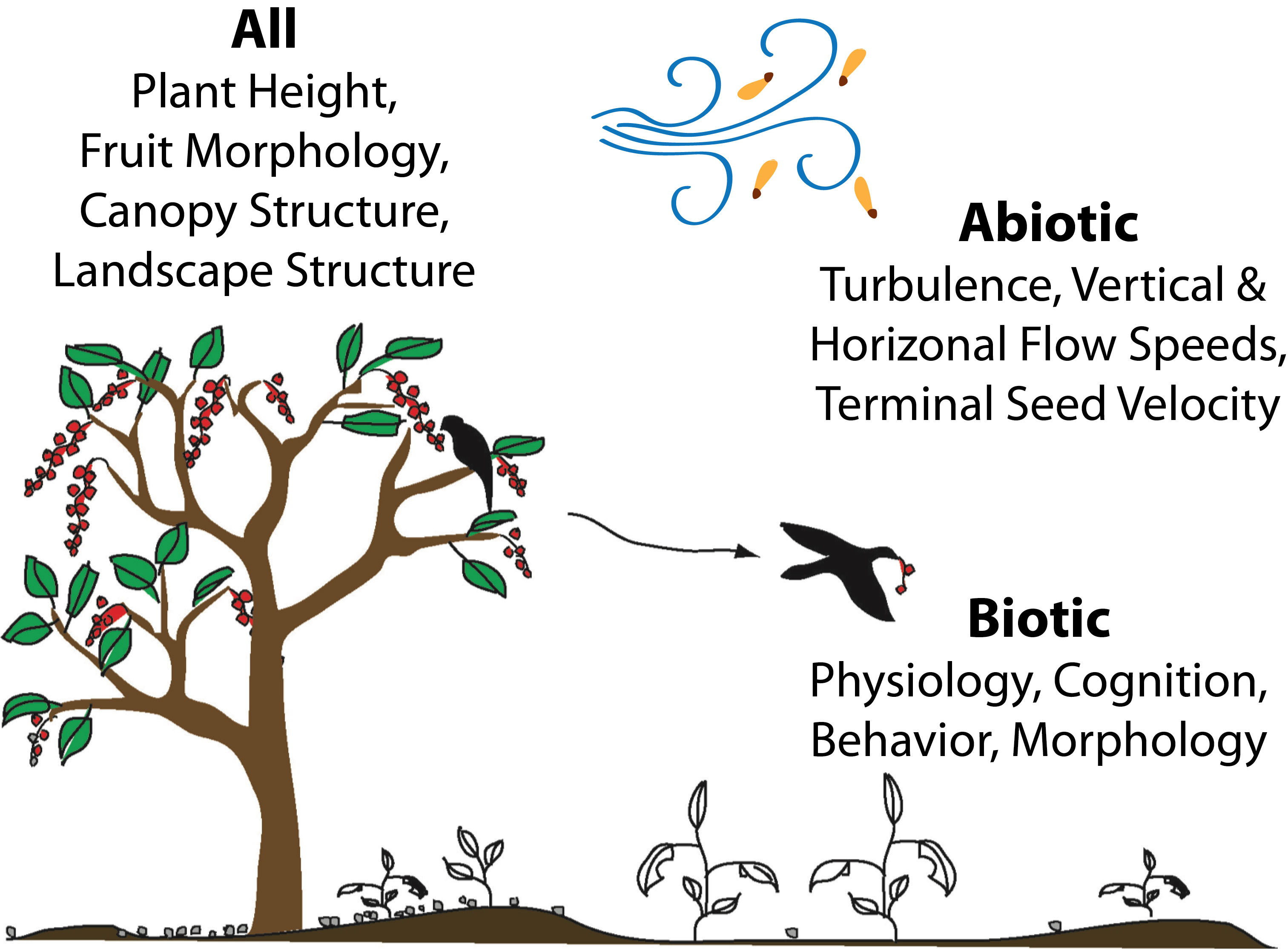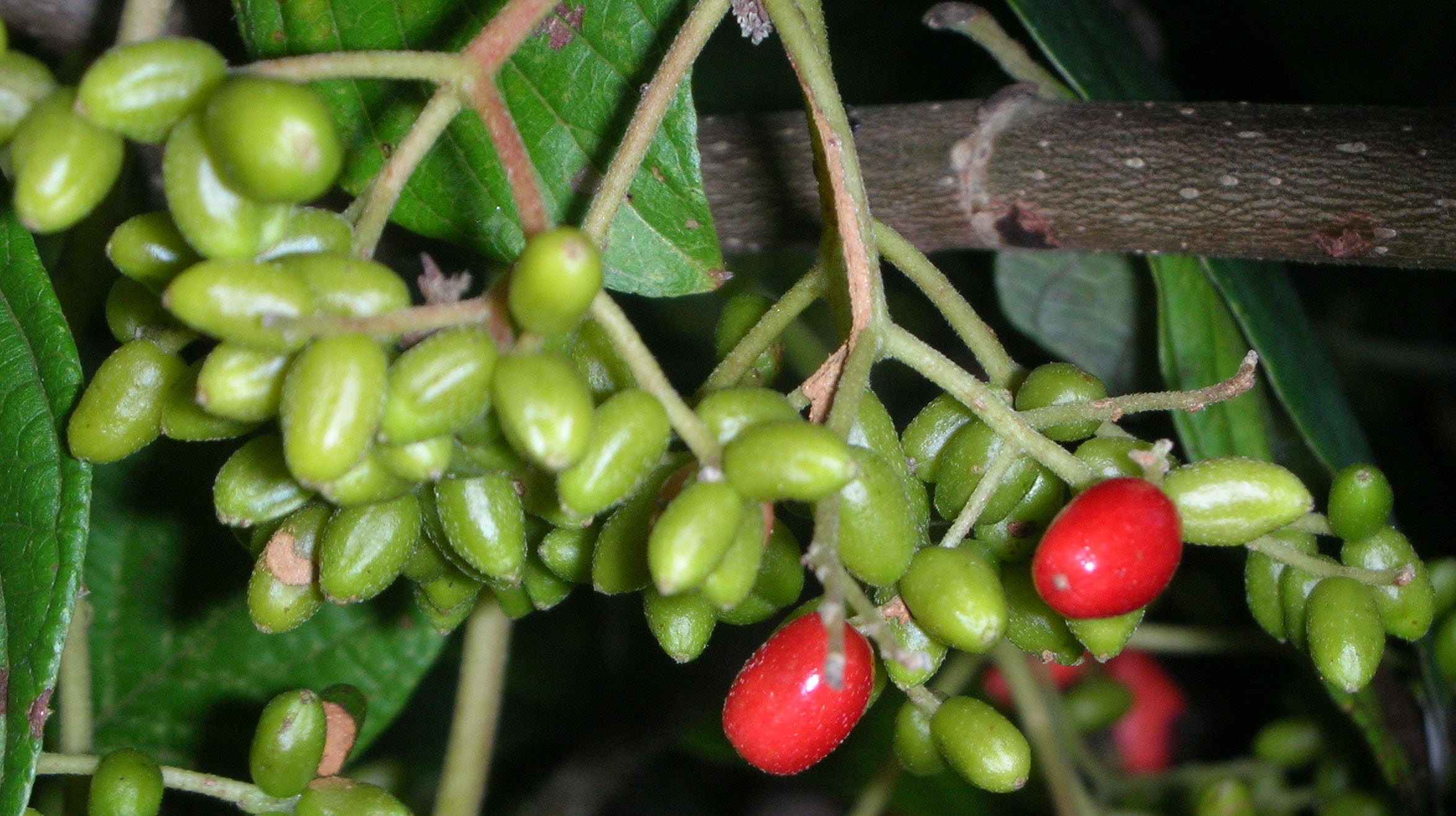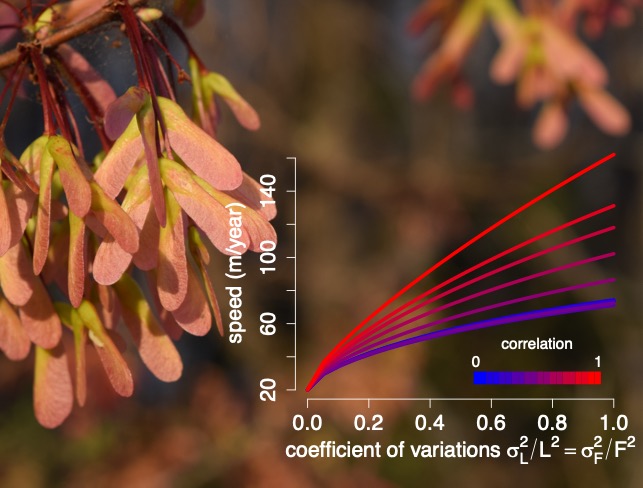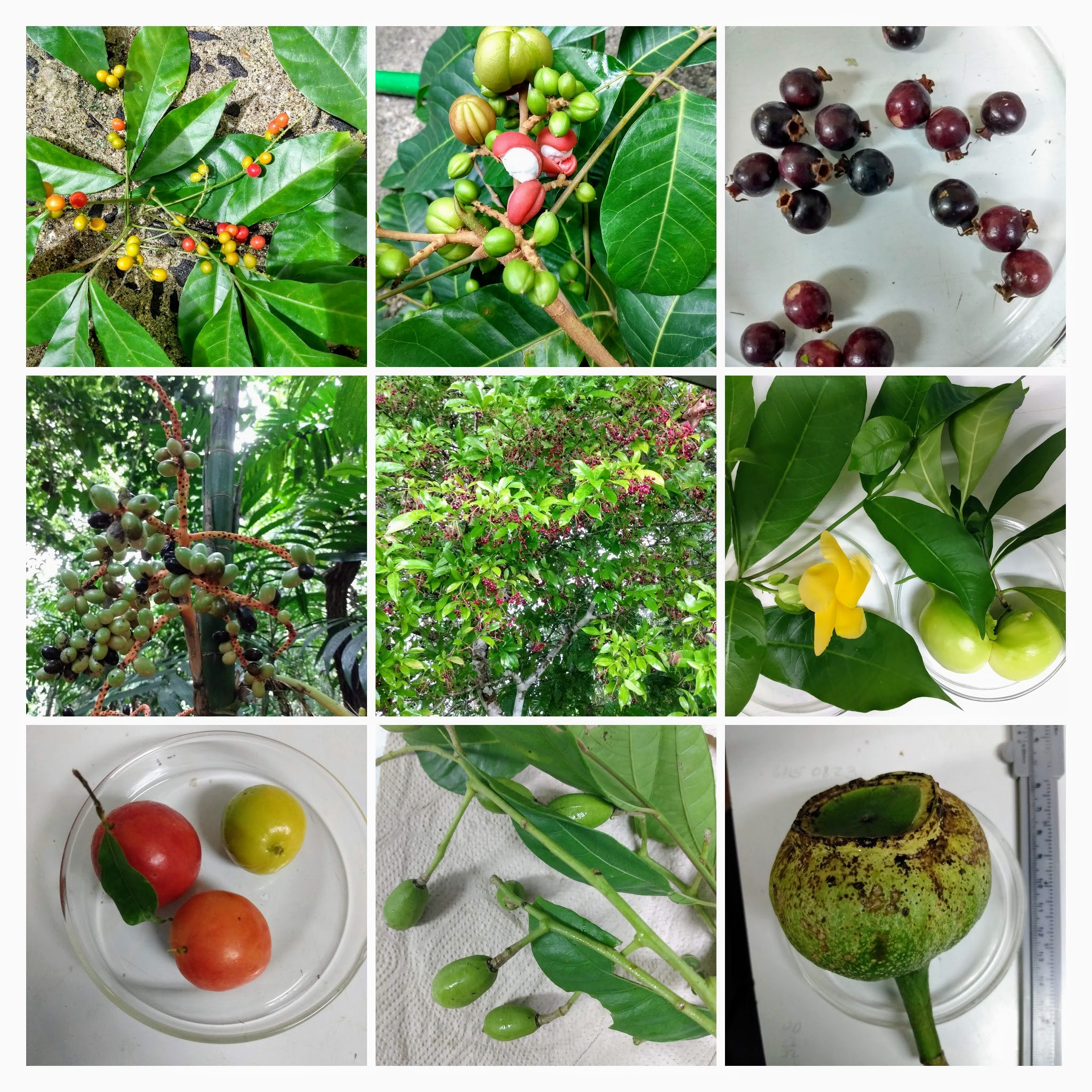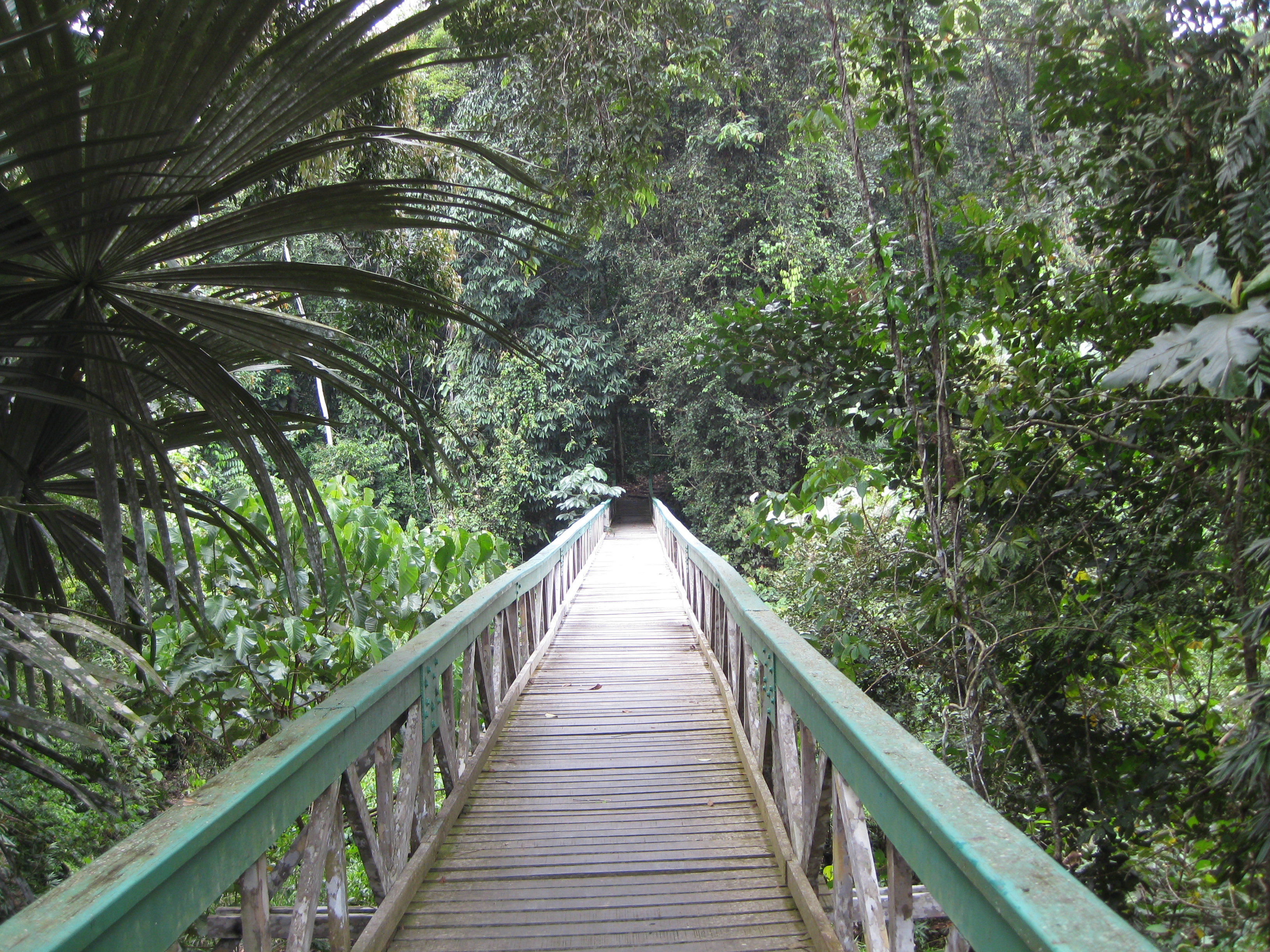Seed Dispersal
Mechanisms underlying Variation in Plant Movement and Its Consequences
Plants exhibit a diverse array of strategies to disperse their seeds. The majority of plants are dispersed by animals, including mammals, birds, reptiles, and ants; some self-disperse, such as through ballistic action, and the rest are dispersed by abiotic means, including wind, water, and gravity. In recent papers, we review the current standing in the field of seed dispersal ecology and propose interdisciplinary advances to approach the complexity of seed dispersal processes for generalization and prediction (Aslan et al. 2019, Beckman et al. 2020, Rogers et al. 2019, Schupp et al. 2019, Snell et al. 2019). In Beckman et al. 2020, we propose a general approach for studying the context dependency of seed dispersal, discuss strategies to reduce and embrace complexity, and encourage simultaneous and iterative data collection and model development. I consider advances and challenges associated with (i) understanding the mechanisms underlying the movement and resulting patterns of seeds and (ii) integrating seed dispersal with demography to examine the population-level consequences of this movement. In two complementary reviews, we discuss the drivers of intraspecific variation in seed dispersal (Schupp et al. 2019) and elucidate the consequences of this variation for populations, communities, evolution, and responses to global change (Snell et al. 2019). In each, we present a selection of outstanding questions and knowledge gaps for future research.
We are using interdisciplinary approaches to fill some of these knowledge gaps. We focus on fleshy fruits of animal-dispersed plants as vertebrates disperse seeds for approximately half of all flowering plants and more than eighty percent of tropical tree species. Fruits are highly nutritious resources and contend with a constant onslaught from herbivores, seed predators, and pathogens, any of which can directly destroy the seed. Simultaneously, animal-dispersed plants must also attract mutualists that will disperse their seeds away from the parent tree. From the animal perspective, we are investigating the importance of intraspecific and interspecific variation in animal movement for the effectiveness of seed dispersal (e.g., Borah & Beckman 2021). In addition, our research provides strong evidence that fruit chemistry is key to mediating fruit-frugivore interactions for a handful of species (Beckman 2013). For several species in Central Panama, we are examining the extent of intraspecific and interspecific variation in fruit traits, including metabolites, the drivers behind this variation, and the consequences of this variation for seed dispersal, seed damage, and evolution using a combination of field experiments, metabolomics approaches, and simulation models.
